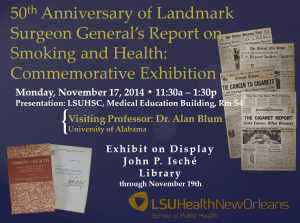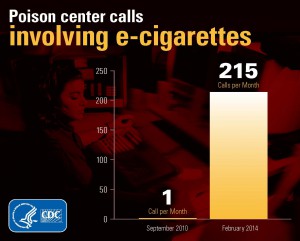Inspired by the hugely successful NaNoWriMo (National Novel Writing Month), PhD2Published, a blog dedicated to helping academics publish, has announced that November is also AcWriMo (Academic Writing Month).
AcWriMo is a month long academic write-a-thon for academics at all stages of their careers. ?áPhD2Published will support writers with dedicated posts about academic writing and thousands of Tweets to encourage you to keep going throughout the month.

According to their website:
“There are 6 basic rules:
1. Decide on your goal. You might count words, hours put in or projects achieved ÔÇô itÔÇÖs up to you. But try and push yourself a bit. (And if you need help counting our?áPhDometer app?áÔÇô the proceeds from which help fund this month-long writing extravaganza ÔÇô was designed for just that!)
2. Declare it! Basically, just sign up on the?áAcWriMo 2013 Writing Accountability Spreadsheet?áand fill in the sections on what youÔÇÖd like to achieve by the end of the month. Being accountable is key to this working for you. You need to feel a bit of pressure to get the work done. So sign up and add your goals as soon as you can.
3. Draft a strategy. DonÔÇÖt start AcWriMo without doing a bit of planning and preparation. Get some reading done, carve out time slots in your schedule to dedicate to writing, even buy your favorite coffee. Sort out whatever youÔÇÖll need to write, and get it done now, there wonÔÇÖt be time when November comes around.
4. Discuss your progress. OK so being on Twitter and Facebook with us all day isn’t acceptable ÔÇô you’ve got work to do ÔÇô but checking-in at certain times is really important! We want to know how youÔÇÖre getting on? What is working for you and what isn’t? Do you need help? Do you want to share a writing triumph? (YouÔÇÖll find most discussion about AcWriMo on Twitter using the?á#AcWriMo?áhashtag, but if?áFacebook?áis more your thing, go there. Or use your own blog to keep in touch. You can even write little updates you want to share in the?áspreadsheet.)
5. DonÔÇÖt slack off. As participant Bettina said of the first AcWriMo, you must ÔÇÿwrite like thereÔÇÖs no December!ÔÇÖ If you push yourself, youÔÇÖll quickly discover the tips and techniques that work best for YOU and thatÔÇÖll save you even more time in the long-run.
6. Declare your results. ItÔÇÖs great to use the spreadsheet everyday (or as often as you can) to chart how youÔÇÖre getting on, but even if you canÔÇÖt do that, you MUST announce your results at the end of the month. Our writing community benefits not only from sharing in your achievements, but knowing what didn’t work and being reminded that, at the end of the day, weÔÇÖre all human!”
So everyone should go forth and WRITE… That’s what I’ll be doing this month!

 myLSUHSC
myLSUHSC






